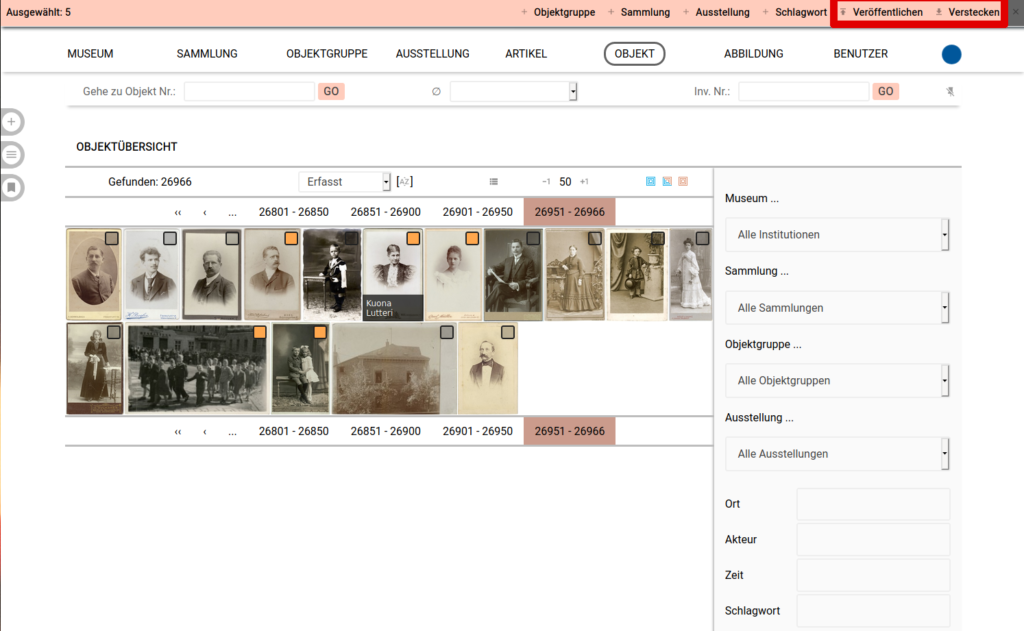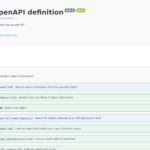Many imports of data confront us with Places like “Berlin ?” and times like “ca. 1328” konfrontiert. The import tool of museum-digital has been able to handle such entries for quite a time: “Berlin ?” is recognized to mean that the place is actually “Berlin”, but that the entry is not made with complete certainty.
In a similar fashion, the vocabulary control tool of museum-digital, nodac, has been able to parse and normalize time names for some times. While the canonical formulation of e.g. a single day is the German date format DD.MM.YYYY, similar times like “15. Januar 1920” (German) or “1920. január 15” (Hungarian) are entered often. These would have been transformed into 15.01.1920 upon the push of a button and then translated to many languages upon the push of another.
In line with some larger imports, we have now improved these and moved them into a dedicated module, that are now also used in the general input tool, musdb.
Recognizing Uncertainty and Normalizing Times in musdb
musdb can thus recognize uncertainty based on a given list of indicators of uncertainty. In the case of times, these are e.g. “um ” (“about” in German), “wohl um ” (“likely about”), “circa “, “ca. ” oder “ca ” in the beginning of an entered time term and “(?)” oder “?” at its end. If one of these indicators is present, the time name is freed of the indicator and the entry is saved as uncertain. The same works with links between events and actors and places.
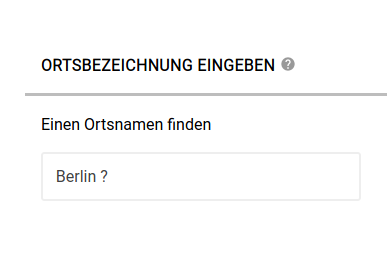
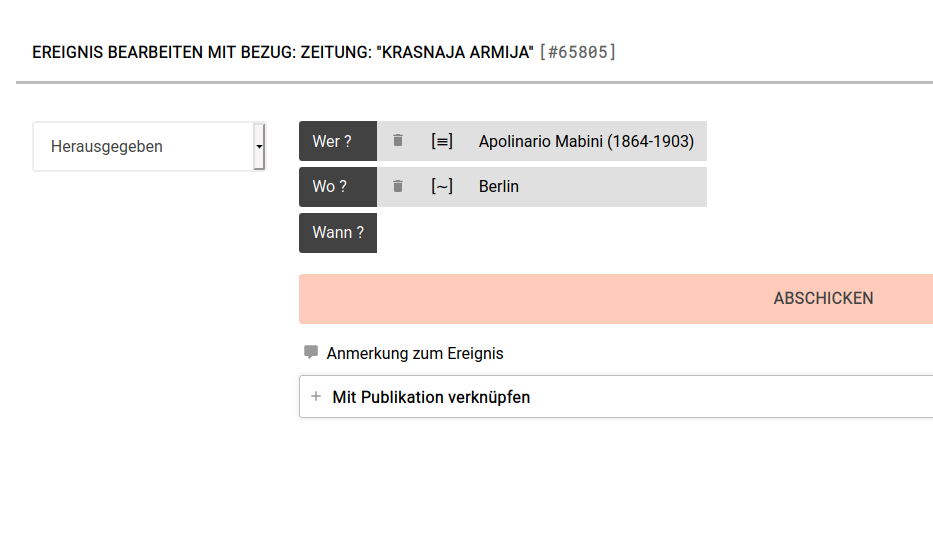
In a similar fashion, many entered times can be automatically normalized and cleaned. Thus far, entries in German and Hungarian for single days and months (15. January 1920 and January 1920) can thus be automatically parsed and cleaned.
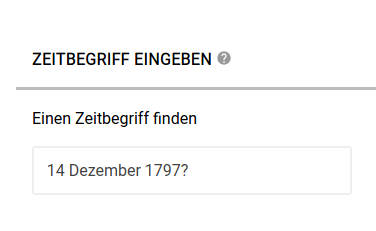
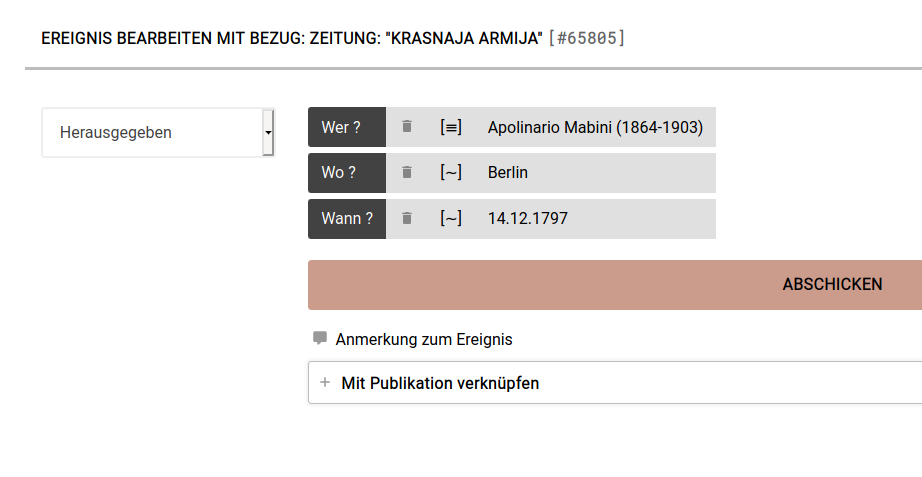
Together with normalizing the time term, the entries can in many cases be automatically translated. This is especially important for times before 1000 CE, where an indication of whether they are BCE or CE is often necessary for a quick understanding. This is thus far implemented for time spans before 1000 CE: “312 – 315” is automatically translated to “312-315 n. Chr” in German, “312-315 CE” in English and “西暦312年から315年” in Japanese.
Batch Publishing or Hiding by Object Selection
A small improvement on a sidenote, we have now added batch publishing and hiding of objects to the options available through the object selection tool in musdb. To use it, the objects to be manipulated can be selected by first dragging one with the mouse and then clicking on the others. Finally, the respective menu option at the top of the page (red in the screenshot can be pressed).
